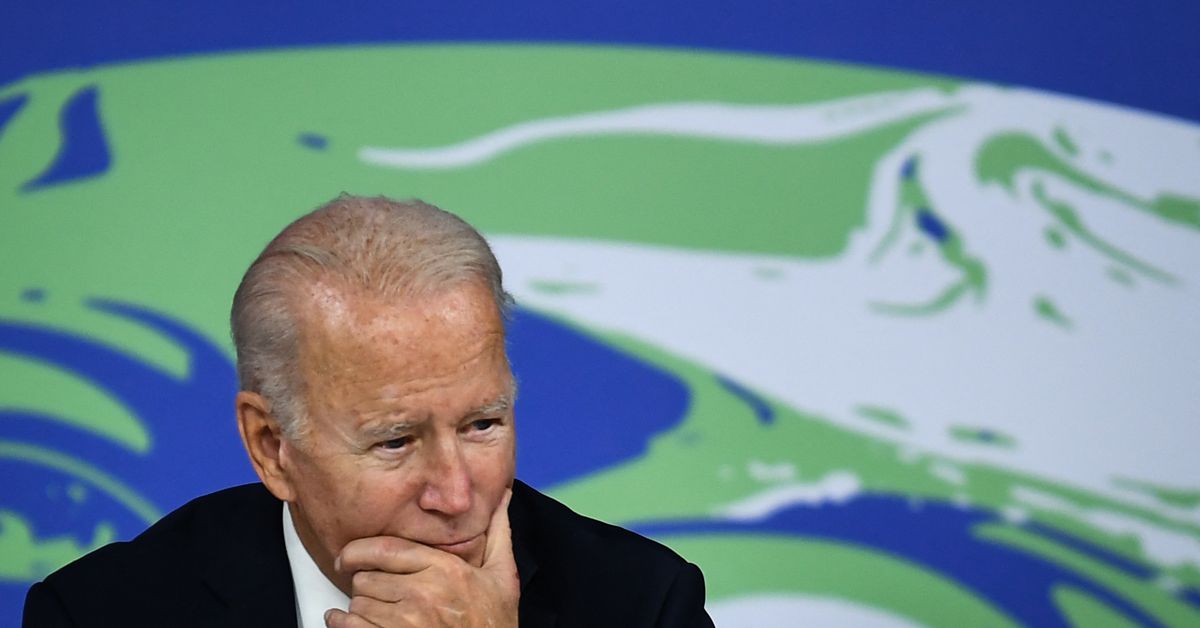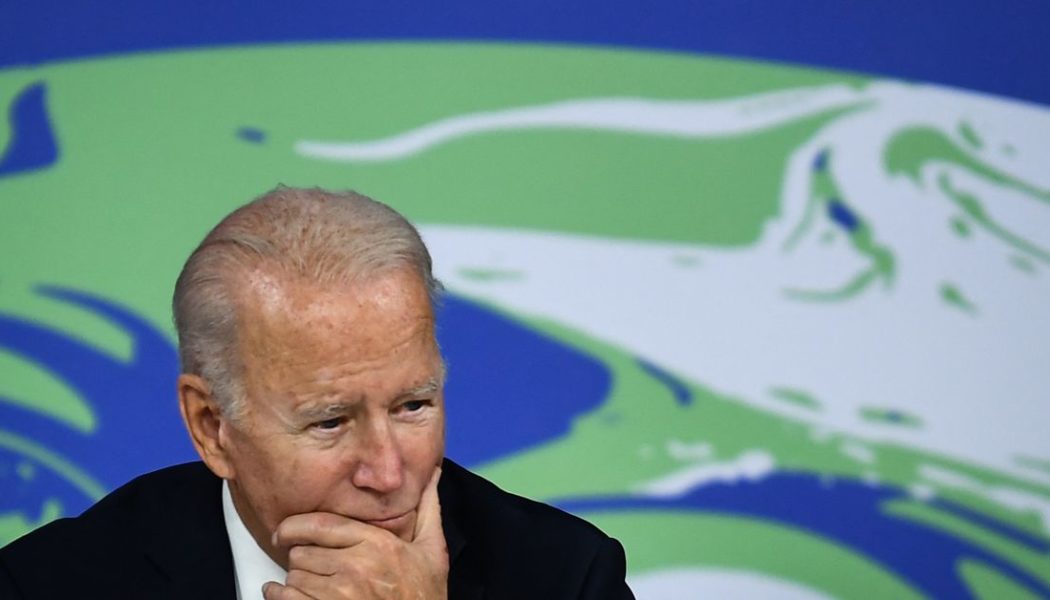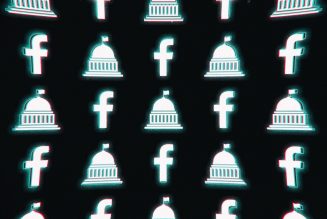
On a call Tuesday morning, House Speaker Nancy Pelosi rallied Democrats to pass two ambitious bills at the heart of President Biden’s agenda, aiming for a final house vote later this week. But the climate provisions of the $1.75 trillion budget reconciliation bill that progressives want to pass alongside a bipartisan infrastructure bill are newly uncertain after Sen. Joe Manchin (D-WV) pushed to further delay the vote during a surprise press conference on Monday.
It’s the latest twist in a long struggle for Congress to pass meaningful legislation in support of the ambitious climate goals President Biden set on entering office. The reconciliation framework released last week puts $555 billion into clean energy, the first major effort to meet the Biden administration’s goal of a power grid running entirely on carbon-free electricity by 2035. But while this bill and the companion infrastructure bill do a lot to speed the growth of clean energy in the US, experts say these two bills won’t get Democrats all the way there.
“Is it going to be enough? No,” says Leah Stokes, an associate professor of political science at the University of California, Santa Barbara. “This is a really good down payment on the progress that we need.”
The bulk of climate funds in the White House’s framework for the reconciliation bill are for $320 billion in tax incentives for clean energy technologies. Existing tax incentives for wind and solar energy projects give people and utilities some relief from federal income taxes. A key change in this bill is that it would offer direct pay as an alternative. That gives utilities more incentive to build out renewable energy projects since they don’t have a lot of federal tax liability, according to Stokes. There are also new tax credits for batteries and energy storage, microgrid controllers, and other carbon-cutting technologies. The bill also gives home and building owners rebates for electrification projects.
The reconciliation bill would also put significant funding behind supply chains and infrastructure for a future clean energy economy. That includes money to build out brand-new offshore wind infrastructure and a national network of electric vehicle charging stations. Rural communities, which often lack a big enough customer base to fund new projects that require a lot of up front investment, would get nearly $10 billion in grants and loans to transition to renewable energy. Plus there’s $20 billion allocated to incentivize governments to purchase next-generation technologies, including modular nuclear reactors, batteries, and other ways to store renewable energy for long periods.
The reconciliation bill also includes $2.8 billion to site and build new transmission lines, which would add to another $73 billion investment in grid upgrades written into the separate infrastructure bill. For the grid to operate entirely on clean energy, thousands of miles of new transmission lines will need to be built to bring that energy from far-flung wind and solar farms and hydroelectric dams to the places where people live.
Ultimately, one of the biggest challenges Democrats face with cleaning up the grid and tackling climate change is getting enough renewable energy online in the first place. They’ll need to close a huge gap between how much new clean energy is built each year and how much is needed to reach their climate targets. 2020 saw the most new wind and solar capacity installed, 32GW, in a single year, according to the Energy Information Administration. But between 60 to 70GW of new clean energy capacity needs to be added each year over the next several decades, according to a strategy document Biden released on November 1 on how his administration plans to meet its longer-term goal of completely slashing greenhouse gas emissions by 2050. A clean grid by 2035 is a key milestone on the path to net-zero emissions by the middle of the century.
It will be even harder to close that gap after Manchin effectively ended a policy that had previously been at the heart of Democrats’ clean energy strategy. The Clean Electricity Performance Program (CEPP) would have paid utilities to use more carbon-free energy and penalized them for sticking to dirty sources, pushing utilities to add progressively more clean energy each year. As recent as a CNN Town Hall on October 21st, Biden said the CEPP was still on the table — with the caveat that Manchin was opposed to it. By the time his framework was released a week later, the program was gone.
“This is one place where the loss of the CEPP really does make it harder for certain because it was going to send a really clear nationwide signal,” says Leah Rubin Shen, policy director at Advanced Energy Economy, an association of clean energy businesses.
All the back-and-forth weakens the US’s credibility during the United Nations’ climate summit taking place over the next couple weeks. By replacing the CEPP with more clean energy incentives, the White House still expects measures in the reconciliation bill to cut “well over” 1 gigaton of greenhouse emissions annually by 2030 so that the US can fulfill commitments it made under the Paris climate agreement.
To help close the gap, Biden could direct the EPA to step in with tougher pollution regulations on power plants, as the Obama administration tried to do. States and municipalities will likely have to help make up for the federal shortfall with their own clean electricity standards, too. One in three Americans already live in a place that’s targeting 100 percent clean power, according to Stokes. That includes states like Colorado and California, and cities like New Orleans.
“It’s going to continue to be incumbent on state and local governments to drive forward the power sector transformation with the passage of the 100 percent clean electricity laws,” says Sam Ricketts, co-founder and co-director of nonprofit Evergreen Action that pushed for the CEPP.
Advocates are also keeping some hope that federal clean electricity standards could resurface in the future. But that could hinge on the long shot that midterm elections break the congressional stalemate.
“Look, we came really close. We were one senator away from passing a transformative electricity investment program,” Stokes says. “That’s closer than we’ve ever been.”









